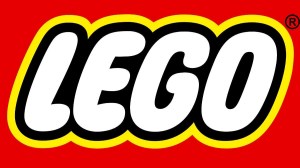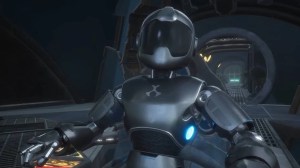Comic book tie-ins are a fantastic way for a franchise to move forward, even when there’s no room for more episodes in a series. Many famous and beloved series have continued this way. For example, Stranger Things isn’t just a Netflix series – it’s also a comic series, covering the backstories of those who came before Eleven, plus dozens of other adventures. It can be a way to flesh out a universe or for different creative teams to step in and play with an established formula. However, there’s no denying that sometimes these tie-in choices are downright surprising or strange.
Videos by ComicBook.com
For those unfamiliar with the term, a tie-in occurs when a franchise moves from one medium to another. In the above example, it’s like how Stranger Things was originally a Netflix series, but it also has a few comic book series, not to mention a few books. Admittedly, some could argue that Stranger Things getting a comic series is bizarre, but given the amount of time between seasons, it works. In this example, the comics help to keep the franchise alive during long waiting periods. However, some comic tie-ins are even more surprising, so get ready.
Happy Days (1979)

In hindsight, it makes sense that Happy Days, the show that infamously coined the term “jumping the shark,” would have its own comic series. It also seems strange; after all, the show ran out of ideas (hence the whole shark thing), so it may have been better to save some of these plots for the show. Happy Days was first published in 1979, lasting only six issues. Even the titles for these comics are an absolute blast to the past, with “Dial F-O-N-Z for Fantastic!” being our favorite. As for the stories, they’re a classic one-shot format, ranging from Fonzie winning a $100,000 grand prize to him reconnecting with an old friend.
Gold Key Comics published the Happy Days Comic under the Whitman Comics branding. Bill Williams illustrated the series.
Avatar: The Last Airbender
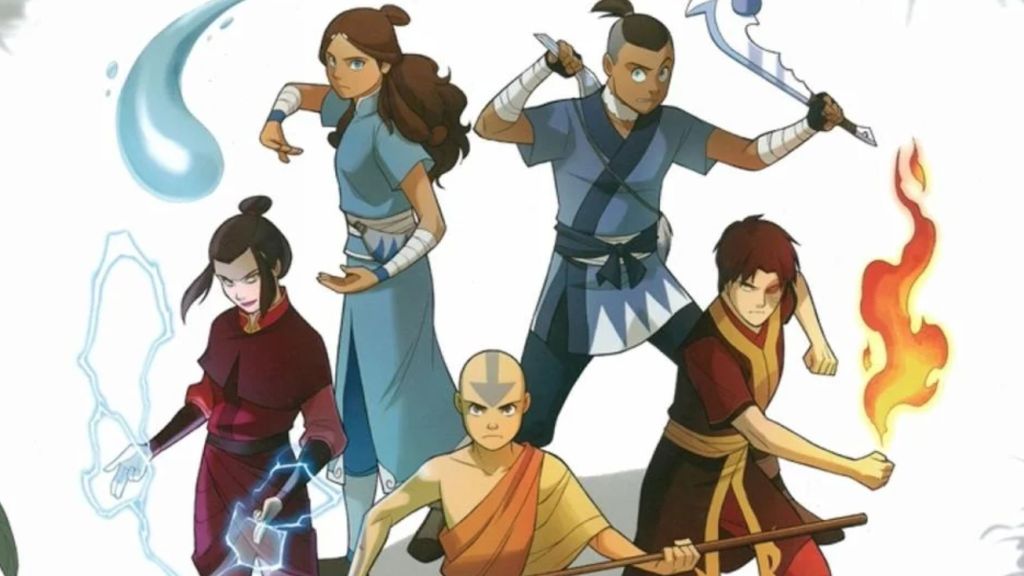
Die-hard Avatar: The Last Airbender fans probably know the beloved animated series had many comic book adventures. In other words, the characters we came to love throughout the series didn’t just disappear; instead, their stories continued in comic book form. There have been several adventures and graphic novels, including The Promise, The Search, The Rift, and Imbalance. The content ranges from Zuko’s quest for his mother to Toph mastering her metal-bending ways (and starting a school) and everything in between.
Avatar: The Last Airbender comics have been published by Dark Horse Comics. If you miss the series, check them out! Avatar: The Legend of Korra also got the comic book treatment.
[RELATED: Original Avatar: The Last Airbender Star Reveals Their Favorite Episode]
Buffy the Vampire Slayer
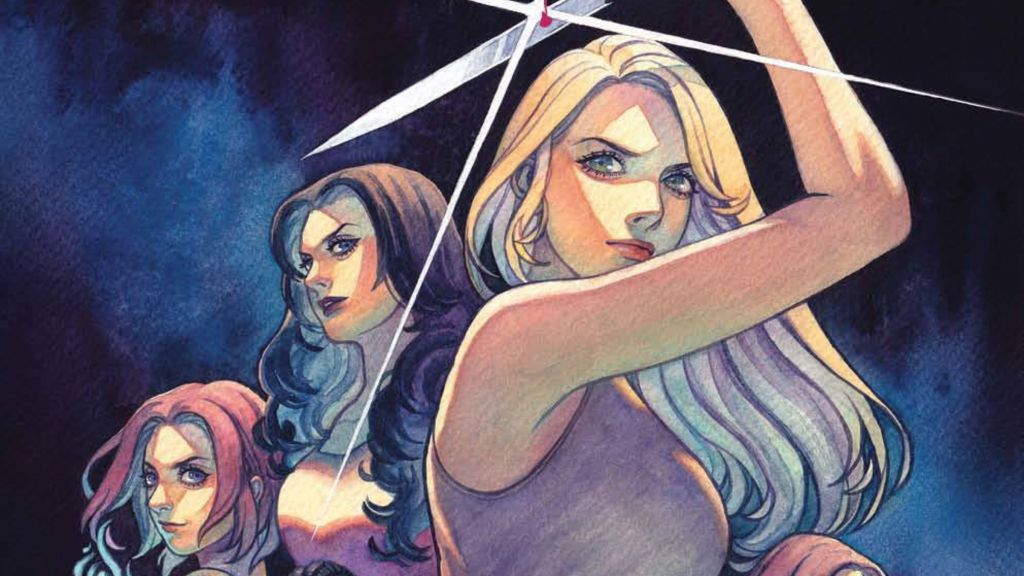
It’s safe to say that Buffy the Vampire Slayer left a lasting impression on its fans, and that probably isn’t going to change anytime soon. The series was so popular that it got its own comic series. Originally, the comics weren’t meant to be canon; they were just a bit of fun between seasons and the like. However, it became the official continuation of the series once the TV show ended. In other words, until news of the reboot, reading the comics was the only way to stay connected to the ongoing Buffy universe. In addition to the main Buffy series, there are also Angel, Fray, and Spike comics. It’s quite the rabbit hole to jump into!
Buffy the Vampire Slayer comics were published by Dark Horse Comics from 1998 to 2018. In 2019, Boom! Studios began publishing Buffy the Vampire Slayer.
Firefly

On a similar note, Firefly only got one season for the show, but the fan demand was large enough to bring the cast back for a final goodbye in the form of a movie. However, their story continued over at Boom! Studios, as several comic series. Each series tackles a different direction, ranging from picking up where the movie (Serenity) left off to going back into the past to explain more of Mal’s backstory. Likewise, some adventures will feel straight up out of this world, especially when familiar characters make surprising appearances.
Dark Horse Comics and Boom! Studios have published several Firefly series, including Firefly (2018-2022), Firefly: Brand New ‘Verse (2021), All New Firefly (2022), Firefly: The Fall Guys (2023-2024), and Firefly: The Sting. This is not a complete list, so be sure to check the rest out!
Animaniacs
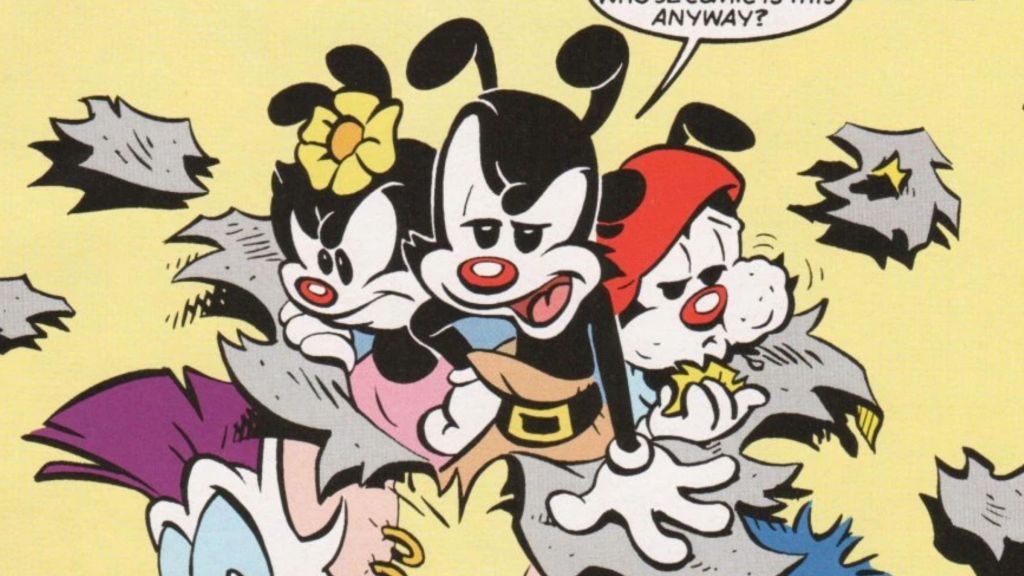
The Animaniacs was a hit cartoon series (that recently got a reboot, showing how much fans loved the series). However, fans may not be aware that there is an extensive backlog of comics to dive into. There are over 60 comics of The Animaniacs, plus another set for just Pinky and the Brain. The two came together for another series, Animaniacs! Featuring Pinky and the Brain. While confusing, it resulted in more comics, so we can’t really complain. Mercifully, the comics successfully captured that unique style of parody humor the show is famous for.
The Animaniacs comics ran from 1995 to 2000 and were published by DC Comics.
Invader Zim

Who here remembers Invader Zim?! While Netflix famously brought this series back for a movie, the chaos of Invader Zim had continued in comic book form for quite some time. The series originally aired on Nickelodeon and combined dark humor with science fiction and chaos. Invader Zim‘s comics had the exact same style of writing and humor, thanks to the creator being the driving force behind it all. So, if you’ve been missing the series, you’ve really got to check out the comic backlog. The story of an alien and a paranoid human boy continues with all the antics and shenanigans one could ever hope for.
Oni Press published Invader Zim, accumulating over 50 issues between 2015 and 2021. It was created by Jhonen Vasquez, Eric Trueheart, Aaron Alexovich, Dave Crosland, and many others.
[RELATED: This Nickelodeon Cult Classic Bridged the Millennial and Gen Z Gap]
Fringe

Fringe was a hit television series by J.J. Abrams, and it’s safe to say that any story about multiverses is already primed for a comic debut. The comics are split into three parts, with the first focusing on the history of Fringe as seen in the Prime Universe (the main series universe). The second series (Tales from the Fringe) continued this theme, while Beyond the Fringe delved into Fringe mythology, Peter’s story, and a larger glimpse into other universes. Basically, the comics are a must-read if you want to understand the technology, mythology, characters, or alternative universes a little more.
DC Comics printed the comic version of Fringe, which ran for three iterations: Fringe Comics, Tales From the Fringe, and Beyond the Fringe. Creators include Alex Katsnelson, Matthew Pitts, Christine Lavaf, Joshua Jackson, Mike Johnson, Danielle DiSpaltro, Kim Cavyan, Federico Dallocchio, Shawn Moll, Dave Lapham, Fiona Staples, Tom Mandrake, and Simon Coleby.
gen:LOCK
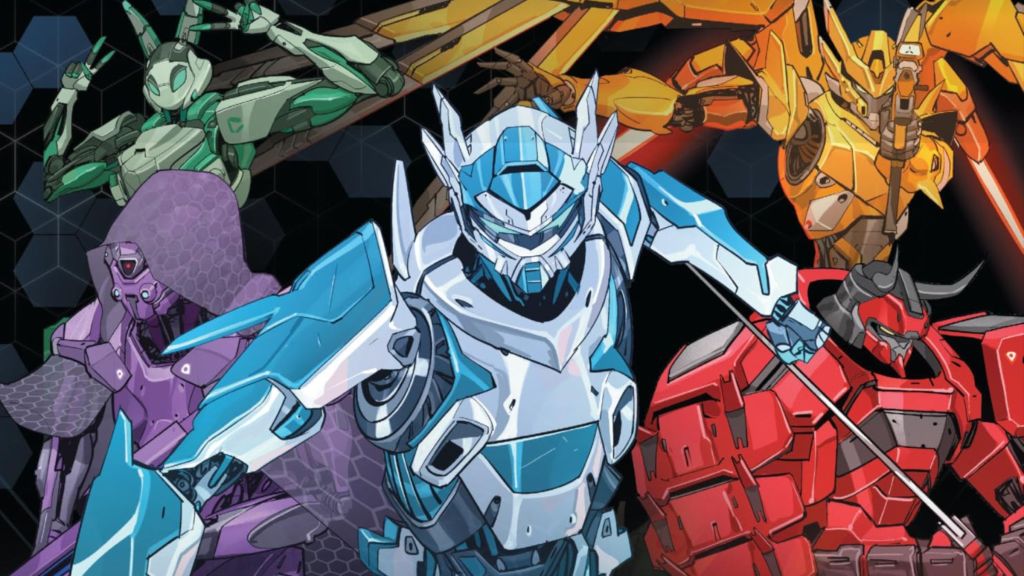
gen:LOCK was an animated mecha series that shocked viewers, portraying a fascinating push and pull between technology and our sense of self, complete with high stakes, drama, and an all-out war. While the series got a second season, it was ultimately a complete disappointment to fans (many claim there was no second season, and those opinions are valid). On the bright side, there is a comic series (and novel!) based on the world of gen:LOCK. In other words, what happens in the comics is probably a better follow-up than season 2, even if it is left open-ended. The comics showcase the gen:LOCK team traveling to Japan to deal with a Union blockade. This grants some refreshing insight into Kaz’s backstory.
gen:LOCK was published by DC Comics, written by Collin Kelly and Jackson Lanzing, and illustrated by Carlo Barberi, Waldon Wong, and Photobunker.
Charmed

When most people think of Charmed, they’re probably picturing the TV series that began in 1998 (or maybe the later reboot, we won’t judge). However, the original series had a set of comics within the universe, all approved for continuity purposes. In other words, they’re a great read if you’ve been missing these characters and want to see more of their adventures. The Charmed TV show had eight seasons in total, but the comics contain another two seasons’ worth of content. Yes, that’s right! The comic series was designed around the television format, so adjusting to the different formats should be easier.
Zenoscope Entertainment published the Charmed comics from 2010 to 2016, with a break in between. Creators included Paul Rudits, Raven Gregory, Pat Shand, Dave Hoover, Marcio Abreu, Tess Fowler, Carlos Granda, Dean Kotz, Reno Maniquis, Elisa Feliz, and Daniela Di Matteo, among others.
Harley Quinn: The Animated Series – The Eat. Bang! Kill. Tour
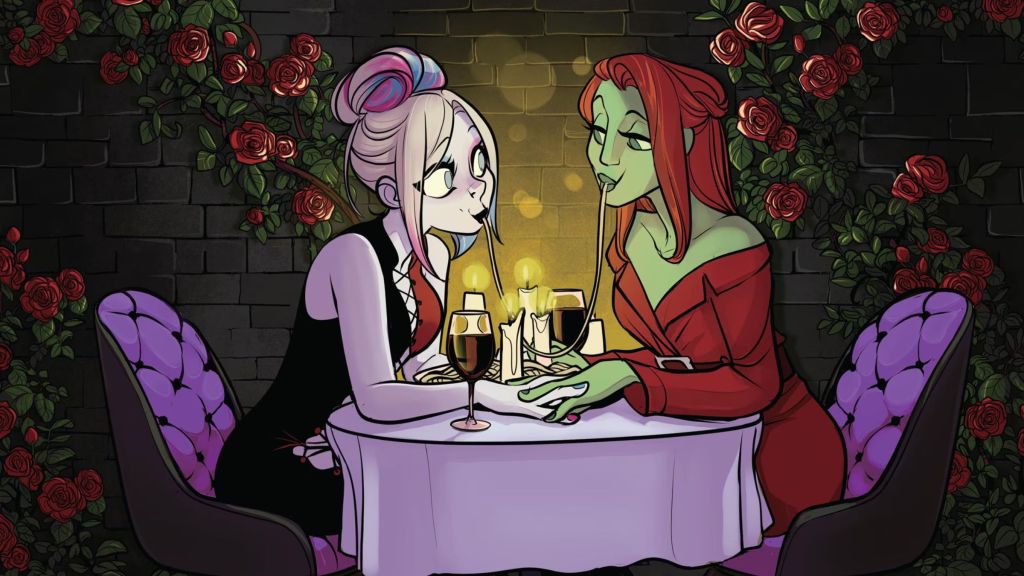
To be clear, we’re not complaining about getting more of the animated version of Harley Quinn and Poison Ivy. However, there is something hilarious about a comic series based on a TV series that’s based on a comic book universe. While twisted, DC makes it work. Or perhaps it’s Harley doing all the heavy lifting here. Harley Quinn: The Animated Series – The Eat. Bang! Kill. Tour is a spin-off comic series set between seasons two and three of the main show, and it’s just as chaotic as you might expect (in case the title didn’t give that away). It all begins with a ruined wedding and one woman’s desperate move to cheer up her best gal.
Harley Quinn: The Animated Series – The Eat. Bang! Kill. Tour was published by DC Comics. It was written by Tee Franklin and illustrated by Max Sarin, Marissa Louise, and Taylor Esposito.



